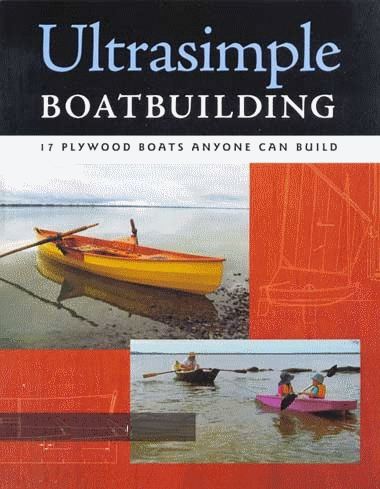
The Honcho remained in La Paz three days longer than planned due to strong northerlies that blew 25 to 35 knots down the Sea of Cortez May 2-4. On Tuesday, May 5th we cleared Punta Prieta and headed toward Puerto Balandra, planning to anchor there for the night, before heading north to Isla Espiritu Santo. There was still a large swell left over from the northerly blow which made Balandra an uncomfortable anchorage. So we continued north across the San Lorenzo Channel and up the west side of the island. We looked in at Bahia San Gabriel on the southeast corner of the island, but being open to the south and west, it is not a good place to be when the Coromuel winds blow, so we continued north another four miles over a lumpy sea to a small inlet called Ensenada de la Raza, which is well protected from the north swell.
The Honcho coasted into the cove and prepared to anchor in about 18 feet of water. As we rounded the boat into the wind and came to a stop I pressed the switch on the anchor windlass and nothing happened. As it would soon be dark, I quickly got out the spare chain and rode and within a few minutes we were safely anchored in the cove and sitting in the cockpit with a glass of wine and watching the sunset while I pondered the windlass malfunction. We were planning to spend the next six weeks anchoring in at least a dozen places and I did not relish the idea of using our backup ground tackle without a windlass instead of the high strength chain in a bunch of remote places. So, reluctantly, I decided we’d have to return to La Paz to get it repaired.
The Honcho coasted into the cove and prepared to anchor in about 18 feet of water. As we rounded the boat into the wind and came to a stop I pressed the switch on the anchor windlass and nothing happened. As it would soon be dark, I quickly got out the spare chain and rode and within a few minutes we were safely anchored in the cove and sitting in the cockpit with a glass of wine and watching the sunset while I pondered the windlass malfunction. We were planning to spend the next six weeks anchoring in at least a dozen places and I did not relish the idea of using our backup ground tackle without a windlass instead of the high strength chain in a bunch of remote places. So, reluctantly, I decided we’d have to return to La Paz to get it repaired.
After a peaceful night on the backup ground tackle, early the next morning we headed back to La Paz, taking a berth in the Marina de La Paz, which is right near downtown, where all the stores and chandleries are located. I tore into the windlass and quickly discovered that the wiring had corroded and used the rest of the day to find some heavy gauge marine wire and rewired the system. We spent the night in the Marina and departed the next day, anchoring for the night in Puerto Balandra.
The next morning we got under sail around 1100, bound for Caleta Partida, which is a beautiful anchorage nestled between the northern tip of Isla Espriritu Santo and the southern tip of Isla Partida. It was a beautiful sail under light winds and a perfectly flat sea. We came to anchor in three fathoms in the southeast reach of the bay, where there is good protection from the Coromuel wind, which amounted to about 20 knots that night.
We spent the next couple of days exploring the bay and a couple of nearby coves. I took a lot of photos but the camera can’t really capture the stark majesty of the scenery here. The landscape is desert, with a variety of cactus and other flora. The sea is filled with a variety of tropical fish and other sea life, which makes snorkeling a fascinating voyage of discovery every time we don mask and fins. With temperatures on the boat in the eighties, and warmer ashore, our routine is to go ashore in the early part of the day, take a swim and siesta during the hotter midday, and, as often as not, socialize with the other yatistas who happen to be in the anchorage around sunset.
On Sunday, May 8th, the Honcho cleared the mouth of Caleta de Partida, short tacking in a light westerly breeze, on a course toward the small Isla San Francisco, about 21 miles away. As the day wore on the wind shifted first to the northeast, then south, and eventually died and we motored the last seven miles, anchoring at the Hook at 1445. Along the way we caught two small skipjacks, which we released, and narrowly avoided hitting a Blue whale that, seemingly oblivious to the Honcho, crossed our bow about 40 feet away. The Blue whales, of which we’ve seen a few since entering the Sea, are different from the exuberant Humpbacks that we experienced earlier in the year. Reportedly the largest animal ever to live on this planet, the northern hemisphere Blue can reach a length of about 100 feet and weigh up to 400,000 pounds. It feeds by taking a massive gulp of seawater then using its tongue to force it out through its baleen which acts as a strainer, thus capturing tons of krill and other small sea life. While capable of high speeds, they usually travel at speeds of four knots or less, so the Honcho, which moves faster than that, must take care not to overrun one of these animals.
It was a pleasant passage to Isla San Francisco, where we remained a few days enjoying the hiking, swimming and company of friends.





0 komentar:
Posting Komentar